Life has no reset button.
Drive safe or it's game over.
Drive Aware North Texas is an educational campaign aimed at improving negative driver behaviors that are the leading contributing factors for serious injury and fatality crashes in the North Central Texas region. Together, we can encourage and inspire a safer generation of drivers.
-
4 MINUTES
A crash occurs in North Texas every 4 minutes and 23 seconds.
-
8 MINUTES
Someone is injured in a crash every 8 minutes and 49 seconds.
-
10 HOURS
Someone dies in a crash every 10 hours and 19 minutes.
-
60K INJURIES
Nearly 60,000 people are injured in vehicular crashes annually.
-
849 DEATHS
Crashes cause over 800 fatalities every year.
Driving fast? That's a hard pass.
Negative driving behaviors are the leading contributor for serious injury and crash fatalities in the North Central Texas region — don’t let yourself or someone you love become a crash statistic.
Deadliest Behaviorschevron_right16-County Crash Totals
From 2018 to 2022, North Central Texas saw a consistent and concerning volume of vehicle crashes across its 16 counties. While 2020 saw a brief dip in crash totals due to pandemic-related shutdowns, the numbers rebounded quickly in 2021 and 2022 — returning to or even exceeding pre-pandemic levels in many areas. Urban counties like Dallas and Tarrant led with the highest crash volumes, but rural and suburban counties such as Rockwall, Kaufman, and Ellis also saw steady increases year over year. These trends underscore a persistent danger on our roads, with distraction, speeding, and impaired driving remaining key contributors.
These data highlight the urgent need for continued awareness, education, and behavioral change — especially among young drivers — before these numbers climb even higher.
Hover over each county to explore crash statistics.
Crash Causes
The following are the top 10 contributing factors to serious injuries and fatality crashes on limited access facilities.
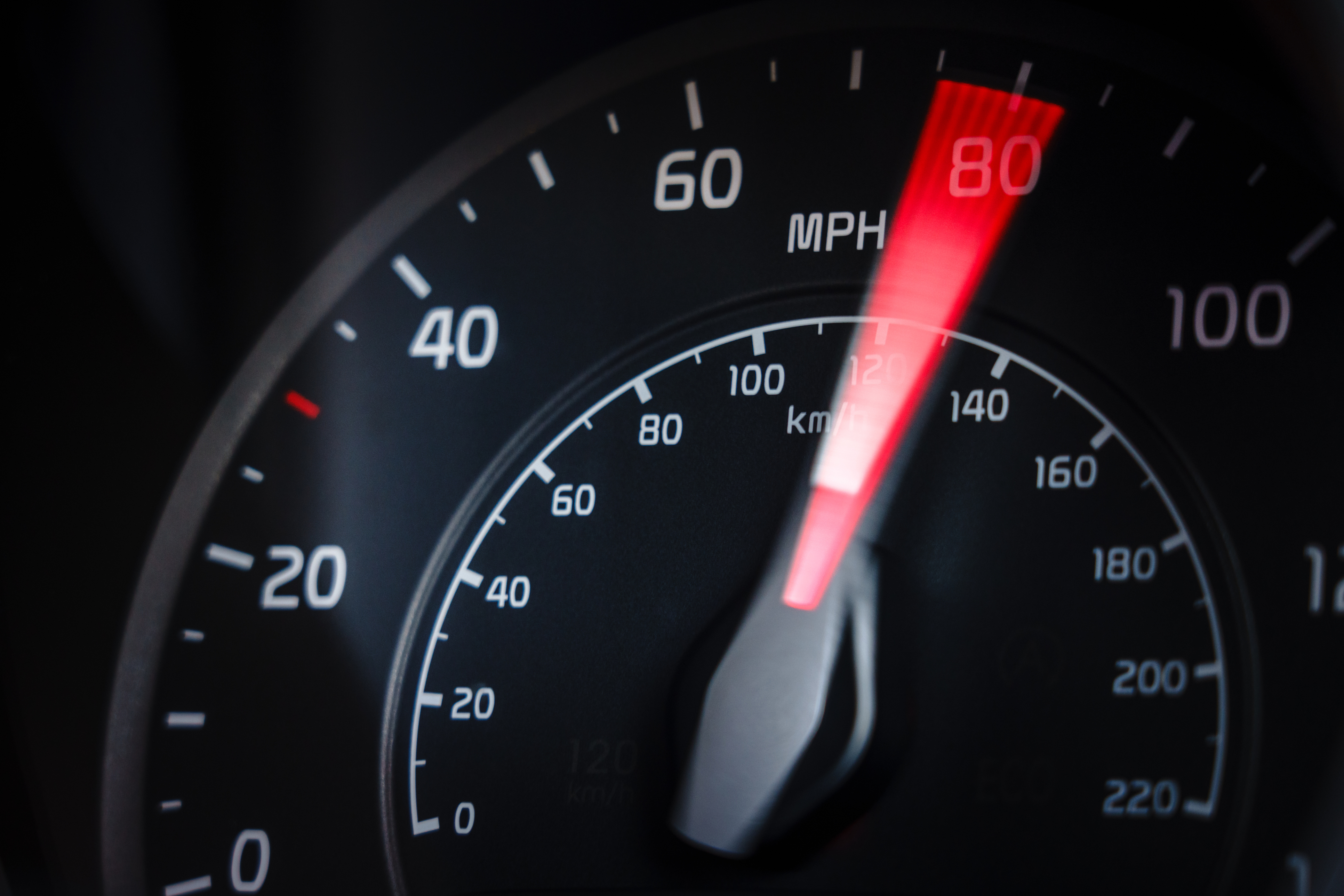
Speeding
32.5%
Over limit, unsafe speed, failed to control speed.
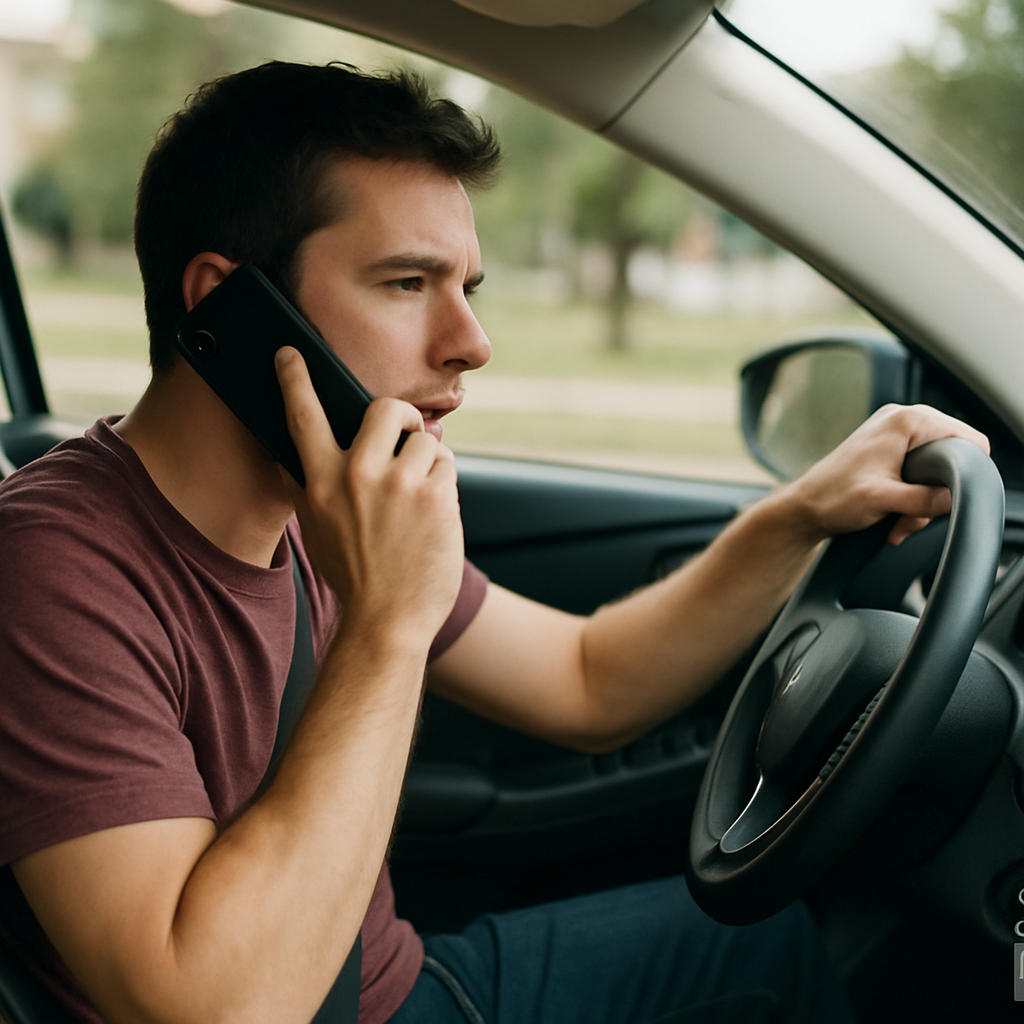
Driver Related
13.56%
Driver distraction, careless driving, using cell phone, etc.

Impaired Driving
10.5%
Intoxicated, taking medication, fatigued or asleep.

Failed to Drive in Single Lane
10.2%
Lane drifting due to distraction or other obstacles.
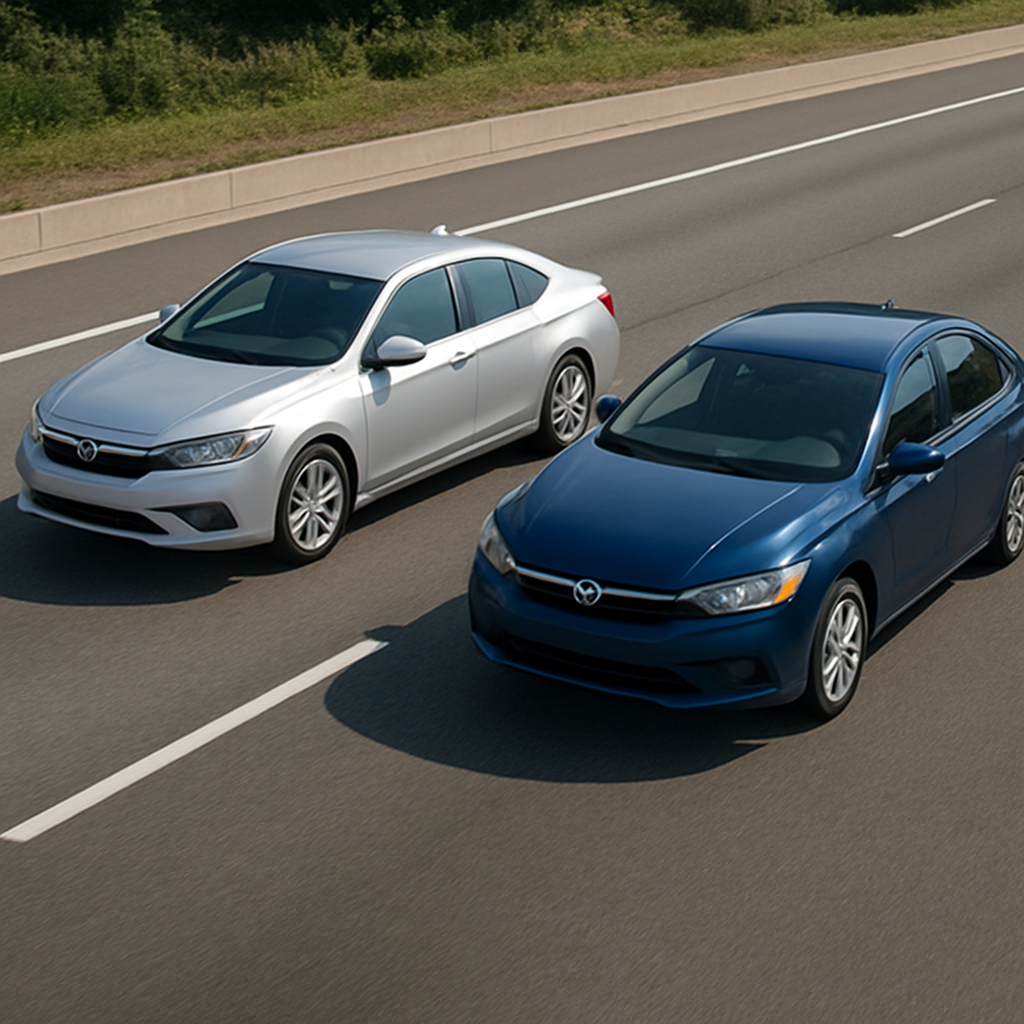
Unsafe Lane Changes
9.18%
No turn signal use or improper lane change approach.

Faulty Evasive Action
7.87%
Driver causes a collision by trying to avoid another car or road hazard.

Pedestrian Related
4.08%
Pedestrian failed to yield right of way to a vehicle.
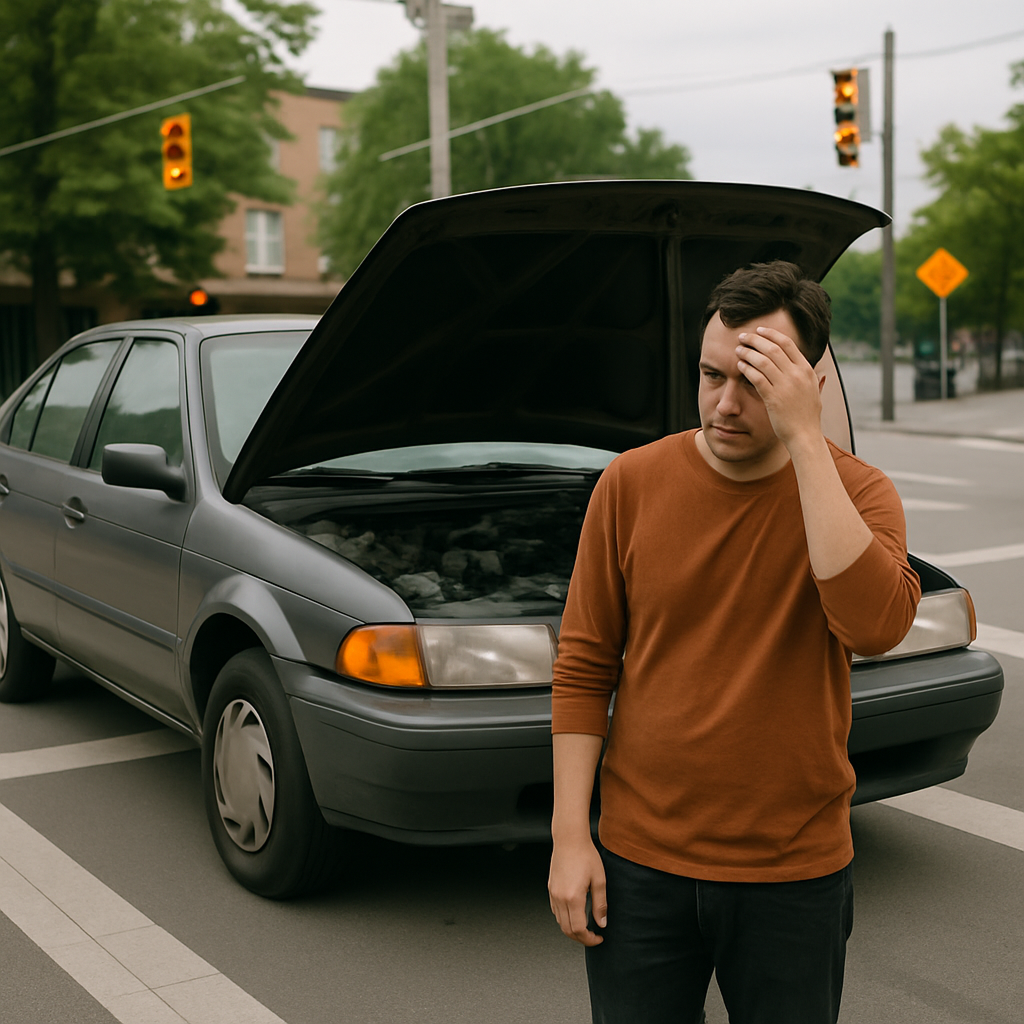
Disabled in Traffic Lane
3.21%
Driver’s car breaks down causing a traffic issue.
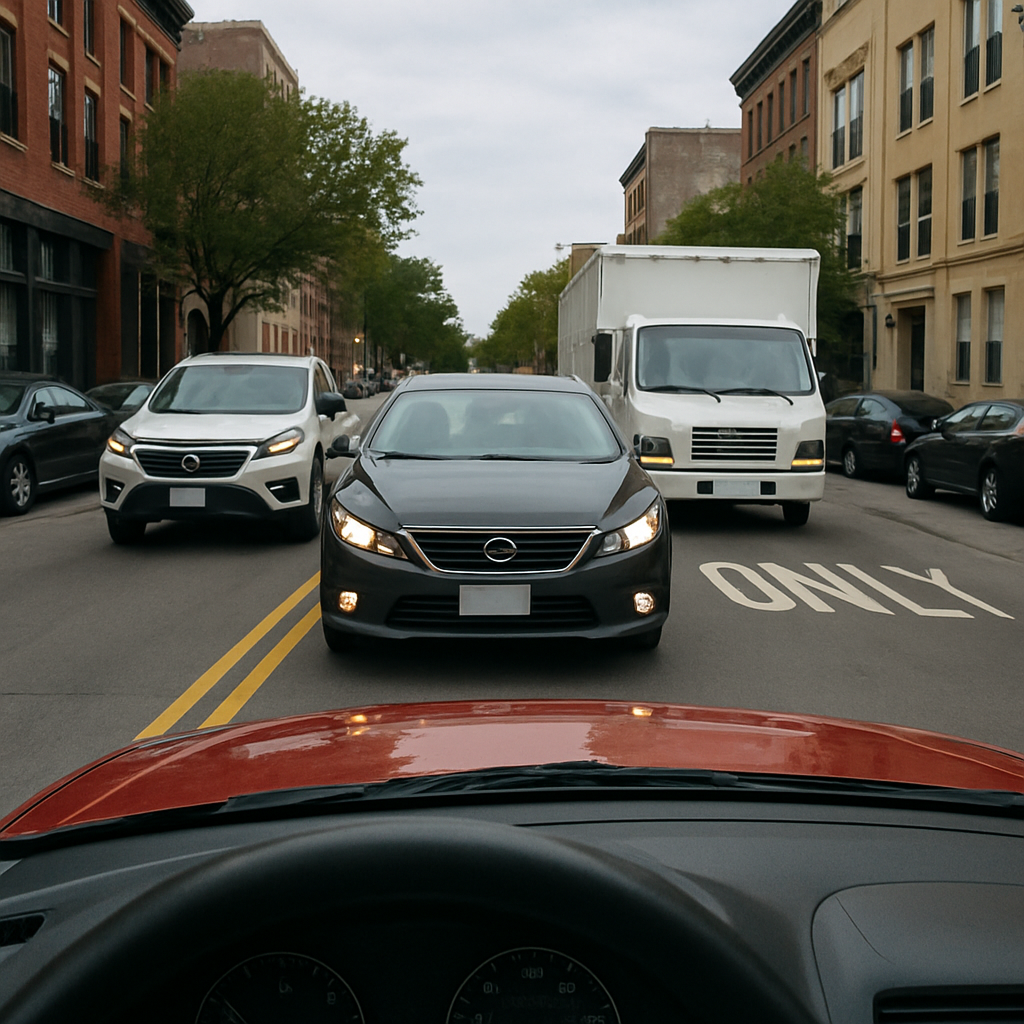
Wrong Way Driving
1.31%
Wrong side or wrong way on a one-way road.
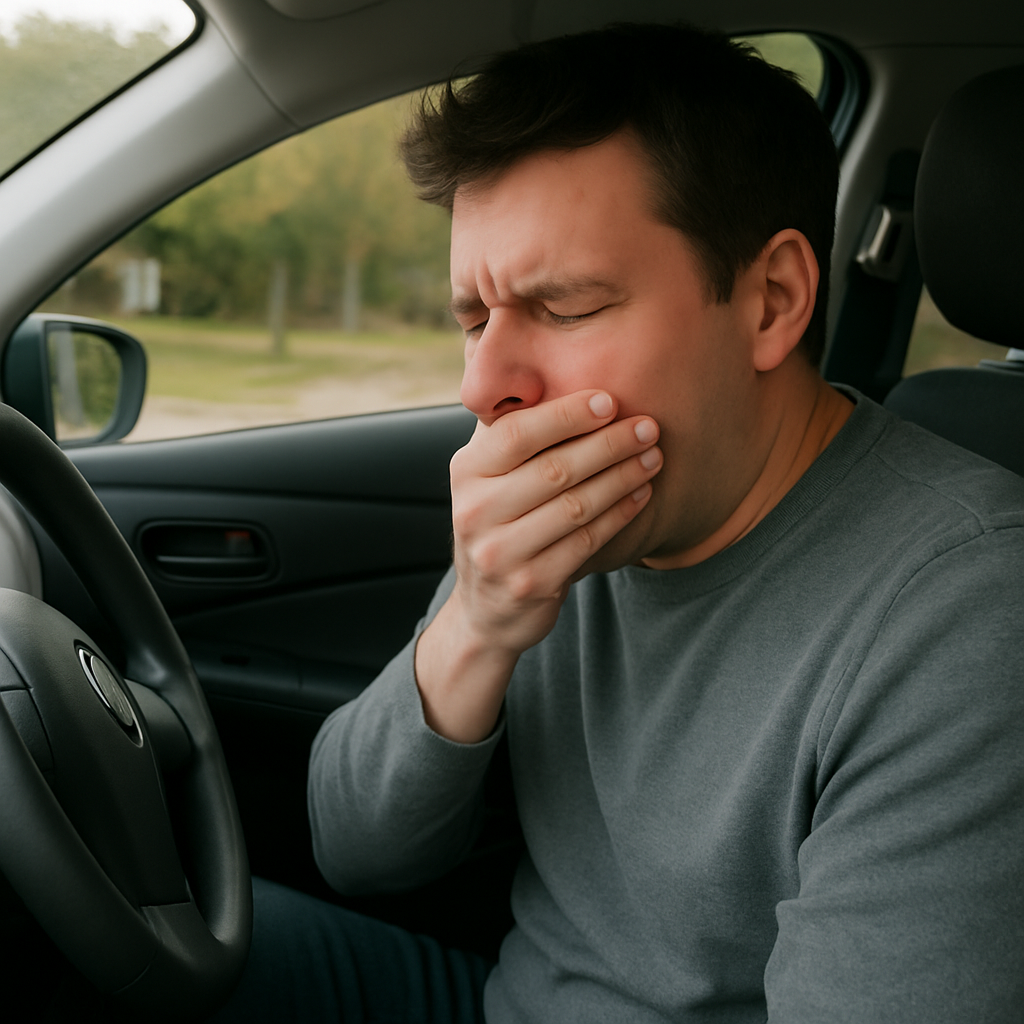
Driving Ill
1.17%
Poor physical health causing impaired driving.
Note: The contributing factor analysis above includes primary, secondary, and tertiary contributing crash factors on limited access facilities in the NCTCOG 12-county MPA only. Speeding has been the number one contributing factor for all analysis done from 2010-2020. For more information on contributing factor trends for previous years, please visit the NCTCOG Safety Program webpage.
Deadliest Behaviors
Explore the top contributing factors for serious injury and fatality crashes
Speeding
Speeding crashes occur when drivers either exceed speed limits or drive at unsafe speeds for road conditions. As of late May, speeding was an identified crash factor in 444,620 total crashes, 4,239 fatal injury crashes, and 82,159 suspected serious injury crashes in the NCTCOG region from 2020 to 2024, by far the most common crash factor. Speeding crashes occur the most between the hours of 12 PM and 6 PM.


Impaired Driving
Crashes involving a driver impaired by alcohol, illegal drugs, legal medication or drowsiness have remained one of the top ten contributing factors in both the state of Texas and NCTCOG region. As of late May, impaired driving was identified as a contributing factor in 64,813 total crashes, 4,125 fatal crashes and 5,192 suspected serious injury crashes in the NCTCOG region from 2020 to 2024. The rate of impaired driving increases into the nighttime and peaks dramatically at 2 AM.



Distracted Driving
Distracted driving can be any activity that takes a driver’s attention away from the roadway. Distractions can include anything from texting, talking on a mobile device, using social media, eating, drinking, putting on makeup, shaving, reading, programming a navigation system, watching a video, adjusting the radio, and even talking to passengers. Although believed to be greatly under-reported, as of late May, distracted driving crashes were reported in 266,172 total crashes, 1,059 fatal crashes and 7,900 suspected serious injury crashes in the NCTCOG region from 2020 to 2024.


Wrong-Way Driving
Wrong-way driving crashes, also known as head-on collisions, involve two motor vehicles traveling straight and in opposite directions prior to the event of impact. The National Transportation Safety Board identifies wrong-way driving crashes on high-speed divided highways as the most serious type of highway collision. Although wrong-way driving collisions occur less frequently than other crashes, they are more likely to result in fatal and serious injuries than other types of crashes. Wrong-way driving crashes were the identified crash type in 3,890 total crashes, 229 fatal crashes, and 406 suspected serious injury crashes in the NCTCOG region from 2020 to 2024.



Tips for a better driving experience
Impaired Driving
Driving under the influence is a no go. Use these tips to find a sober ride.

-
Plan ahead. Before you start drinking, know how you’re getting home. Planning ahead can save you time, money and even someone’s life.
-
Take turns as a designated driver. Whether you’re heading out for a night out with buddies or meeting up with coworkers for happy hour, take one vehicle with a designated driver.
-
Use a rideshare service. Leave your car at home and call a rideshare service to and from the bar.
-
Be prepared by having the rideshare app downloaded on your phone and your phone battery fully charged before going out.
-
Call a friend for help.
-
Talk to your bartender. Ask the bartender to secure you a sober ride home.
-
Take turns as a designated driver. Whether you’re heading out for a night out with buddies or meeting up with coworkers for happy hour, take one vehicle with a designated driver.
-
Driving While Intoxicated (DWI) can cost up to $17,000 in fines and fees.
Distracted Driving
Stay focused: eyes on the road, hands on the wheel.

-
Silence and stow your phone. Enable Do Not Disturb While Driving before you move.
-
Set your destination and playlist before you go. No typing or tapping while moving.
-
Secure kids, pets, and cargo. Prevent in-car distractions before the trip starts.
-
Eat and groom only when parked.
-
Limit conversations. Keep chats brief and skip heated topics.
-
Be a good passenger. Offer to handle texts or navigation for the driver.
Drowsy Driving
Sleep first. Fatigue slows reaction time like alcohol.

-
Get 7–9 hours of sleep before long trips.
-
Plan breaks every 2 hours or 100 miles. Switch drivers if possible.
-
Pull over for a short nap if you’re nodding off. Caffeine is a short-term aid only.
-
Avoid driving at your body’s low points. Late night and early morning are highest risk.
-
Watch for warning signs. Heavy eyelids, drifting, or missed exits mean it’s time to stop.
Wrong Way
Know ramp layouts, follow signage, and stay alert at night.

-
Use the right ramp. Look for Do Not Enter and Wrong Way signs before turning.
-
Stay in the right lane at night. Wrong-way drivers often drift into the left lane.
-
Never back up on ramps. If you miss your entrance, continue to the next safe turn.
-
Don’t drive impaired or drowsy. Most wrong-way crashes involve impairment.
-
Call 9-1-1 to report a wrong-way driver. Pull over safely before calling.
Aggressive Driving
Be patient, create space, and de-escalate behind the wheel.
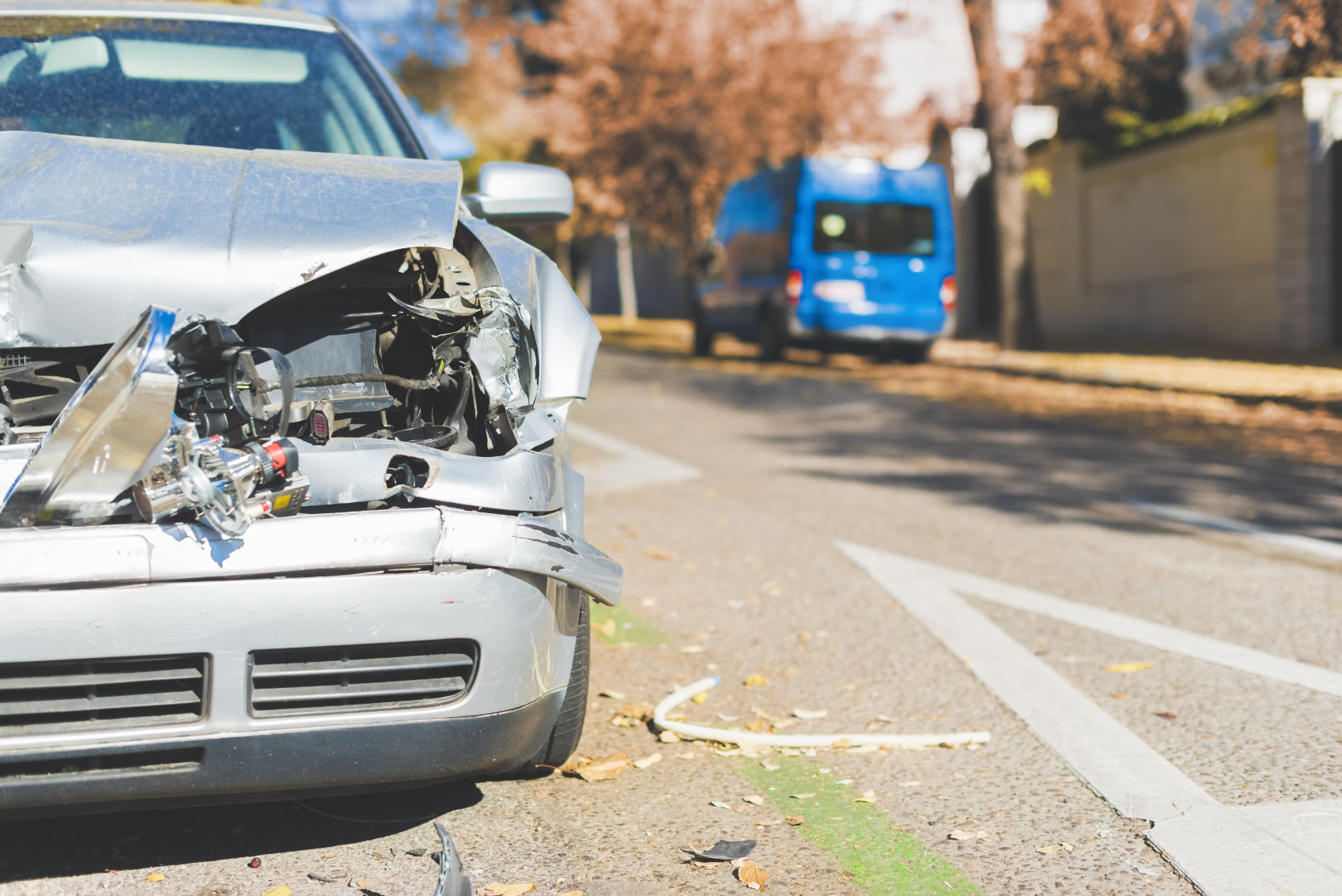
-
Keep a 3–4 second following gap. Increase space in rain or heavy traffic.
-
Yield and merge courteously. Use turn signals early and make room for others.
-
Don’t engage with road rage. Avoid eye contact and give aggressive drivers space.
-
Let it go. Arriving a minute later is better than escalating a conflict.
-
Plan your time. Leave early so you don’t feel pressure to speed.

Take the NSC just drive pledge to drive distraction free.
At least nine people a day are killed in distracted driving crashes. Handheld and hands-free phone calls and texts, emails, social media, passengers, snacks and even built-in vehicle touchscreens are just some of the distractions fighting for your attention on the road.
We can change the statistics. Join thousands of other Texas drivers who have pledged to drive distraction free and help everyone around you get home safe.
Safe Driving Resources
Helpful links and tools to keep you and others safe on the road.
Transportation Safety in North Central Texas
Explore NCTCOG’s Transportation Safety plan.
Bike & Pedestrian Safety - Look Out Texans
An educational campaign to increase bike and pedestrian safety across North Texas.
Freight Safety
Learn how highways are kept safe for both civilian and freight traffic.
Safe Routes to School
Programs and initiatives that help children travel safely to and from school.
Work Zone Safety
Guidelines and campaigns to protect drivers and workers in roadway construction zones.
Vision Zero Safety Campaign
A campaign focused on eliminating traffic-related deaths and serious injuries.
TxDOT Traffic Safety Campaigns
Texas Department of Transportation’s initiative to promote zero roadway fatalities.
Teens in the Driver Seat
A peer-to-peer safety program that educates teens about safe driving habits.
Traffic Incident Management Training
Training for first responders to safely and effectively manage traffic incidents.
Note: The contributing factor analysis above includes primary, secondary, and tertiary contributing crash factors on limited access facilities in the NCTCOG 12-county MPA only. Speeding has been the number one contributing factor for all analysis done from 2010-2020. For more information on contributing factor trends for previous years, please visit the NCTCOG Safety Program webpage.
Contact Us
Submit the form with questions, comments or for more information on crash data in North Texas.

